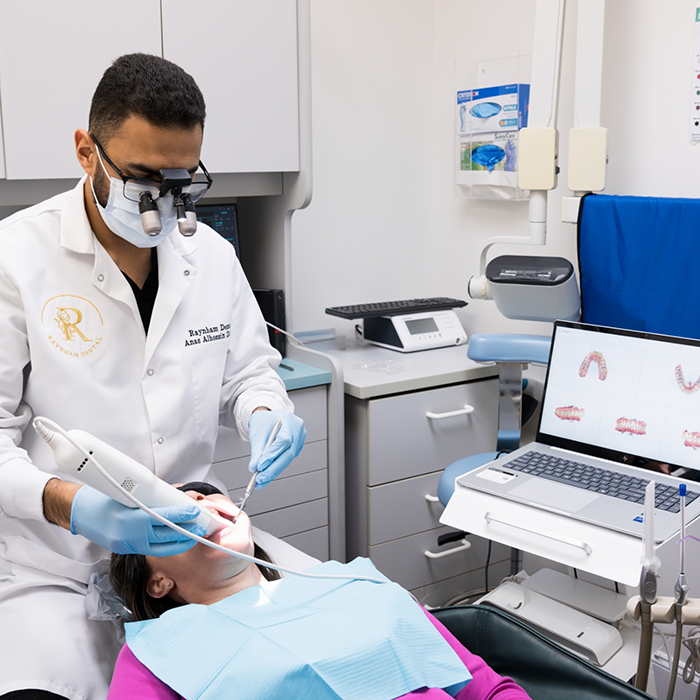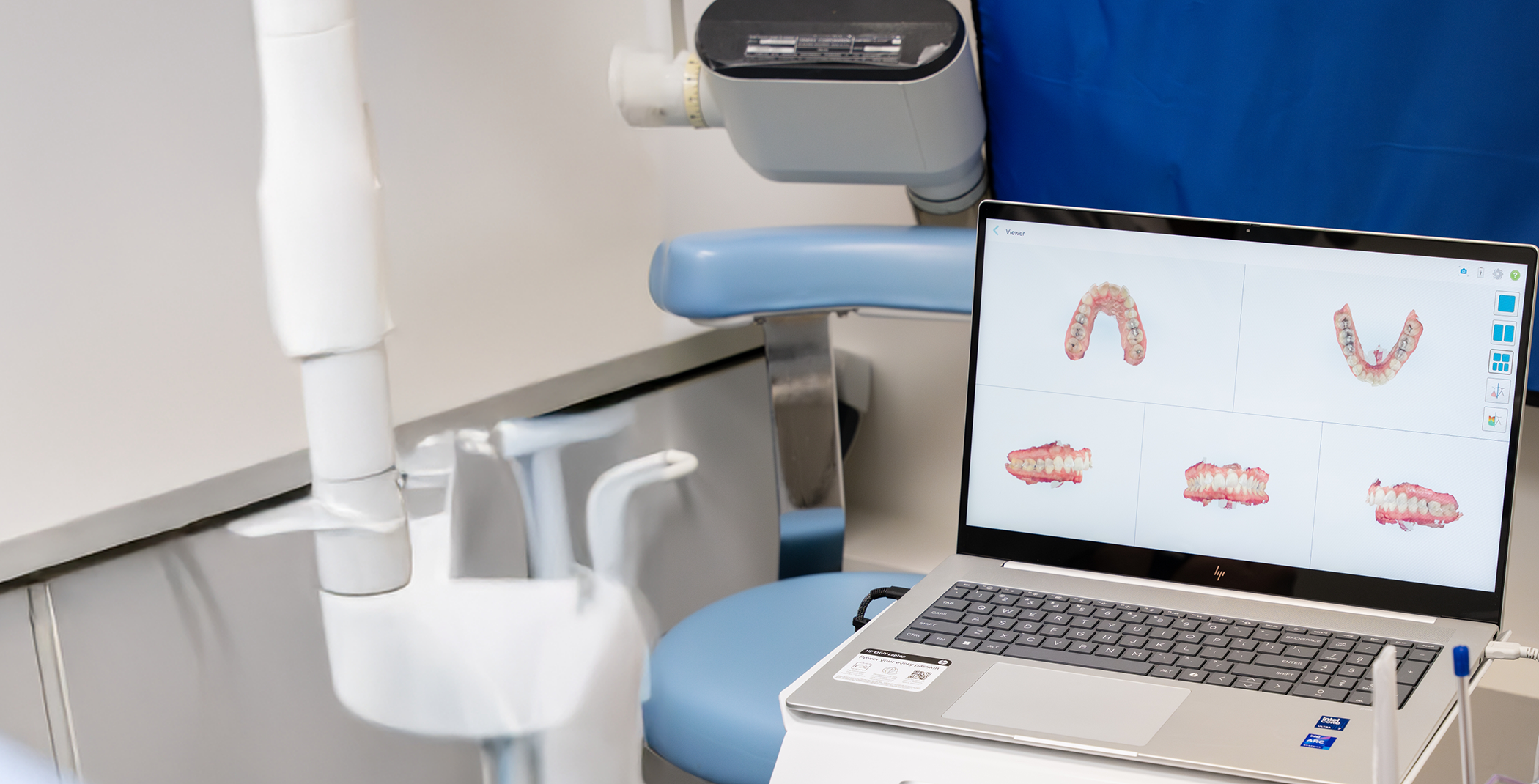iTero Digital Impressions Raynham
The Superior Way of Taking Dental Impressions
In the past, the process of taking dental impressions relied on foul-tasting, messy impression materials and a great deal of effort on the dentist’s part. Needless to say, this created a margin for error and also led to a slower and more drawn-out process that was fairly uncomfortable for patients. Our office in Raynham is excited to have an iTero digital impression system to make things incredibly quicker, easier, more comfortable, and certain to produce beautiful, accurate results.
How Digital Dental Impressions Work

First, Dr. Al uses a small handheld device called an intraoral scanner to take pictures of the teeth and surrounding areas. The scanner captures thousands of images in just a few moments. The images are transferred to specialized software that processes the data and converts it. This software is able to create a detailed, high-resolution 3D model of the patient’s teeth and mouth. Since the data is captured and converted right away, Dr. Al will be able to view this model almost immediately. From there, it can be used to plan out a wide array of treatments that require precision.
Benefits of Digital Dental Impressions

- Comfort: No gooey impression materials are used, so there is no mess or discomfort during the procedure.
- Accuracy: Digital impressions are highly accurate, often resulting in a better fit for crowns, bridges, and other restorations because of the precise measurements the scanner captures.
- Speed: Digital impressions are typically faster than traditional impressions. We can generate the 3D model almost immediately, reducing wait times for patients.
- No Risk of Distortion: Traditional impressions can sometimes distort if the material shifts, but digital impressions are much less likely to be affected by movement or distortion.
- Better Communication with Labs: The digital files can be easily sent to dental labs for fabrication of restorations, helping to improve communication and speed up the process.

